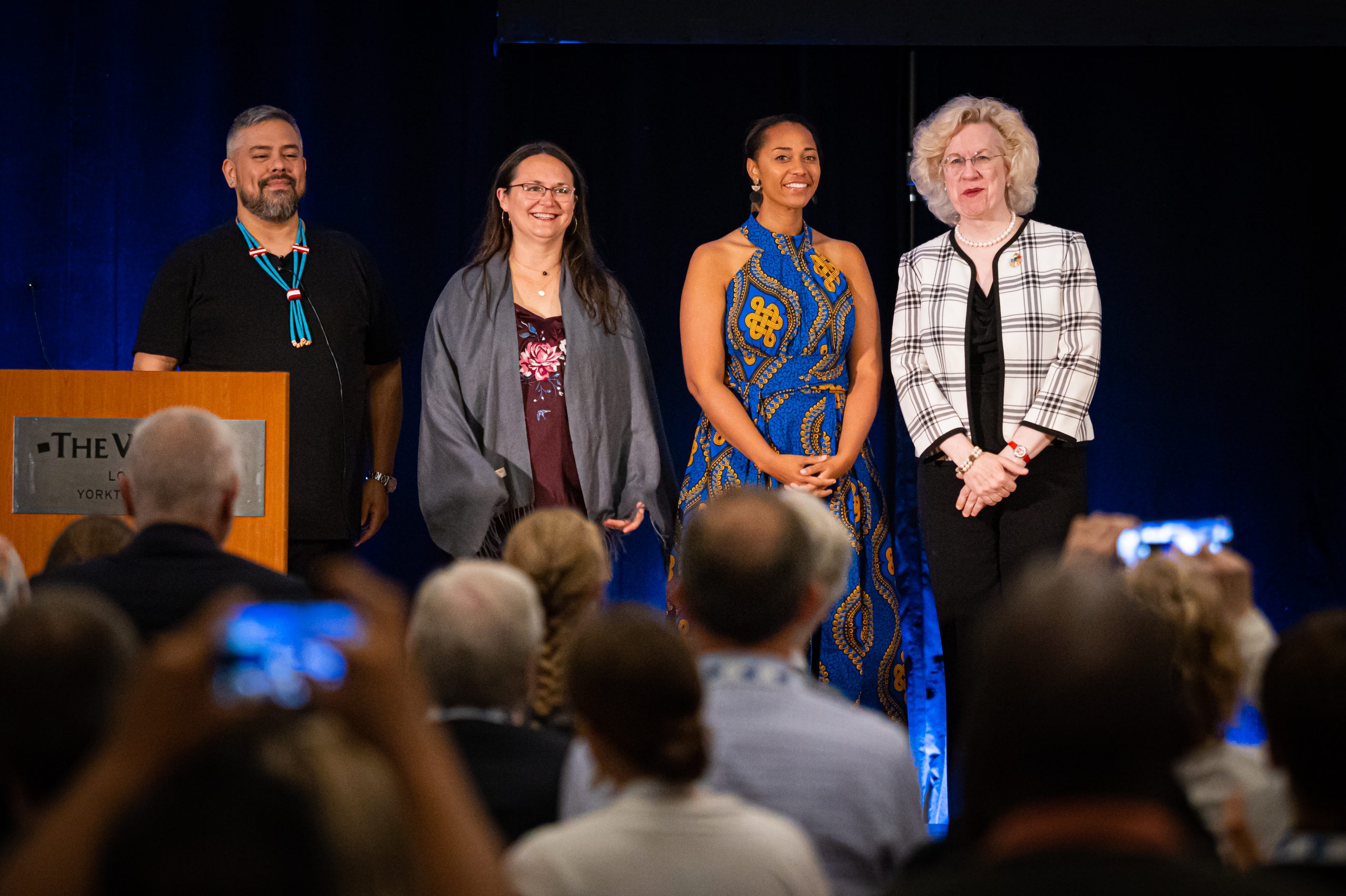We would like to thank Bennyce Hamilton and Rachel Kramer for this insightful article on diversity in the teaching studio. Want to learn more about DEI? Check out our new course, Piano Teaching through the Lens of Diversity, Equity, and Inclusion. The course is now available for presale purchase. Click here to learn more.

Music is the universal language.
This phrase has been in my vocabulary since I was young enough to understand what it meant. As I have become a performing musician, music educator, and community arts participant, I continue to believe the statement is true. However, as I look at the faces in my studio and consider the studios of my colleagues, I wonder just how “universal” we really are. Who exactly has a seat in our studio? Are there more seats for students of a certain background? For most of us we set a table of convenience, with seats for those in our immediate community who are interested, educated, and able to pay. While it is not our intention to exclude anyone or refuse students, to diversify means that we must do so with intention. Take a moment to consider the faces that populate your studio. What percentages are white, Christian, educated, heterosexual, and middle class? Whether you know the number or have not thought about it— the time for an honest, reflective conversation is long overdue. We need to address diversity deliberately and intentionally within our everyday lives and within our studios. Maya Angelou may be right when she said, “We are more alike than unalike, my friends.” Our understanding and appreciation of diversity remains a crucial step in building and maintaining community. How do we find common ground? How are we being mindful of the differences that exist? How can we change our mindsets to be more inclusive? Our own educational background is heaped in the traditions of Western music. Does this limit our vision or the population of our studios?
Let change begin
Change begins with awareness of ourselves and of our communities. Initiating conversations about diversity may be the first actions we take. Dr. Bennyce Hamilton is the Regional Director of Diversity for Miami University of Ohio. Her work in leading workshops, providing training, and developing “common ground” understanding helps people recognize different points of view and see what it feels like to walk in another’s shoes. Dr. Hamilton’s dissertation presents the idea of becoming a reflexive, culturally-relevant practitioner. Based on her research and current work we will lay the groundwork for all of us to become more intentionally inclusive in our studios. —Rachel Kramer
Where to begin
Beginning the work of inclusion and diversity means that we acknowledge that there are students who are from all faiths/beliefs, races, and socioeconomic levels. This could mean that we need to change our registration forms to say “Guardians,” instead of Mom and Dad. This could mean that we need to change or add to our recital themes or holiday breaks. We must be intentional and purposeful. It is not enough to think or say that you want your business to reflect a diverse population. We must actively seek out those who are not represented. Thinking about our current students: Do they all come from the same neighborhoods and schools? Are they all white? Are they all Christian? Can they all afford music lessons? Do they all have a Mom and Dad? It is only after we have addressed these kinds of questions that we can begin to operate differently. Intention means that we go above and beyond our usual way of conducting business. Intention means that we are deliberate in how we find students, the materials and methods we use, and how we retain students. We must acknowledge that we do not have all of the answers and that we can ask for help.
We hope you enjoyed this excerpt from Bennyce Hamilton and Rachel Kramer’s article “Walk a mile in your neighbor’s shoes: Diversity in the teaching studio.” You can learn more about diversity in the teaching studio by purchasing our newest course, Piano Teaching through the Lens of Diversity, Equity, and Inclusion. Learn more by clicking here.
MORE ON DIVERSITY, EQUITY, AND INCLUSION
- MAGAZINE ARTICLE: Spring 2021: Pupil Saver: Adagio in F Minor by Chevalier de Saint-Georges by Leah Claiborne
- MAGAZINE ARTICLE: Remaking Ourselves and the Standard Canon: Perspectives and Resources for Promoting Diversity, Equity, and Inclusion in Classical Music by Nicholas Reynolds
- COURSE: Piano Teaching through the Lens of Diversity, Equity, and Inclusion
- COURSE: Unsung Heroes in Piano Pedagogy: 20 Pieces by Black Composers to Use in Your Studio Now
- MAGAZINE ARTICLE: Awadagin Pratt: Pianist, Conductor, Music Education Advocate by Artina McCain
- WEBINAR: Introduction to the Frances Clark Center’s New Online Course: Piano Teaching through the Lens of Diversity, Equity, and Inclusion with Leah Claiborne, Susanna Garcia, and Artina McCain
- WEBINAR: Piano Music by Black Composers: Music for all Skill Levels with Leah Claiborne
- WEBINAR: Diversity in Music with Leah Claiborne, Leonard Hayes, Artina McCain, Desireé González-Miller, and William Chapman Nyaho
- WEBINAR: Best Piano Pedagogy Practices through the Lens of Diversity, Equity, and Inclusion with Leah Claiborne and Artina McCain